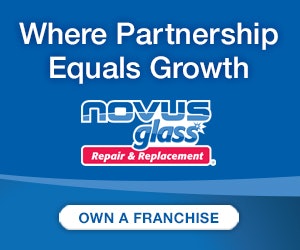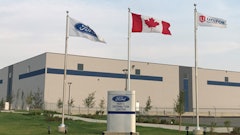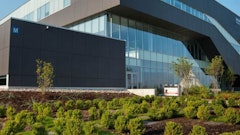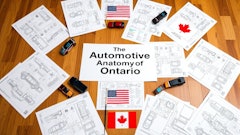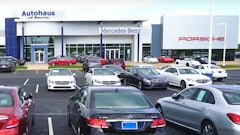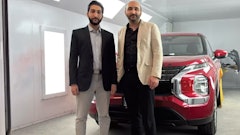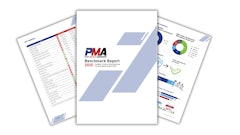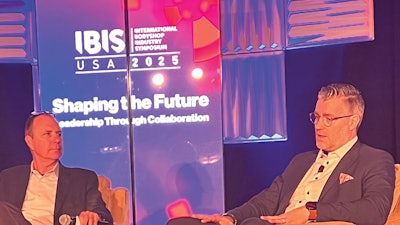
IBIS USA FOCUSES ON COLLABORATION, GLOBAL CONSOLIDATION, AI AND MORE!
BY DARRYL SIMMONS

With sessions covering everything from global market shift s to artifi cial intelligence, IBIS USA 2025 delivered a clear message: innovation is essential, but collaboration is the true driver of progress. Whether through AI-driven estimating, strategic partnerships, or talent development, the future of collision repair belongs to those who work together. Th e day began with Sean Carey, IBIS board member, welcoming attendees. He revisited lessons from 2024’s worldwide Transforming Tomorrow Together series—where IBIS hosted events in diverse markets to inspire local and global collaboration—and set the stage for this year’s forward-looking approach.
In the Global Trends and the Automotive Future session, Carey moderated a conversation that examined the industry’s shift ing ground. Almudena Benedito, CEO of GiPA Group, shared key data points on evolving consumer behaviour and global trade patterns. From the OEM perspective, Jennifer Boyer, director of strategy and collision business at Ford Motor Company, and Christopher Wallace, U.S. parts category sales director at Ford (covering Ford Blue, Ford Model e and Ford Pro), discussed how electric vehicles and customer expectations are reshaping aft ersales strategies.
Th e panel From Transforming Tomorrow Together to Shaping the Future brought together top executives from leading suppliers and solution providers. David Wilk, vice-president, US & Canada, 3M Automotive Aft ermarket Division; Jeremy VanAlstyne, vice-president of sales – North America Refi nish, Axalta; Craig Edmonds, president of asTech, driven by Repairify; Dan Friedman, vice-president, North American sales and business development at Entegral; and Dave Flockhart, chief operating offi cer at BETAG Innovation, shared their companies’ roadmaps for growth. Th e consensus: data integration, customer-centric tech, and crosssector alignment are key to staying ahead. A global perspective on bodyshop consolidation followed, with European and Australian leaders taking the stage.
Fredrik Karlsen, CEO of Intakt Bilskade (Norway), Matthias Rolinski, CEO of IRS Group (Germany), Paul Gange, COO, U.S. Collision, Gerber Collision & Glass, and Ben Chesterfi eld, general manager of Car Craft QLD Ltd(Australia), addressed the effi ciencies and cultural shift s driving mergers and group models. Attendees were encouraged to consider how such trends may manifest in North America.



EMBRACING AI: FROM CONCEPT TO PRACTICE
Following lunch, the conversation turned to artificial intelligence, beginning with a big-picture overview from Kanene Ayo Holder, educator and AI strategist. She highlighted how AI is already streamlining decision-making and operations in multiple industries—and that early adopters in the collision space are seeing performance gains.
That promise was made real in AI in Action, where two collision industry leaders shared hands-on experiences. Jonathan Garay, president of operations at Zenetec, discussed via video from Ontario workflow optimization through smart automation. Joe Saputo, owner of Saputo Collision in Southern Ontario and a member of the CARSTAR network, captured the audience’s imagination with his real-life application.
Saputo explained how his operation is using AI tools to assist with estimating. “It still needs human intervention,” he told attendees, “but think of it like a junior estimator. It can give an initial take on a damaged vehicle—helping our team make quicker first decisions that ultimately improve performance.”
He added that AI can “guess with accuracy” the parts a repair may require, even before a teardown, allowing shops to pre-stock commonly used components. Over time, this capability may help shops identify high-frequency parts and reduce reliance on just-in-time delivery, shortening repair timelines and improving customer satisfaction.
Addressing the critical topic of workforce development, Jennifer Maher, CEO of the TechForce Foundation, returned to the IBIS stage to share lessons from other industries experiencing technician shortages. Her insights encouraged attendees to seek collaborative, cross-sector solutions to attract and retain skilled workers in collision repair.


